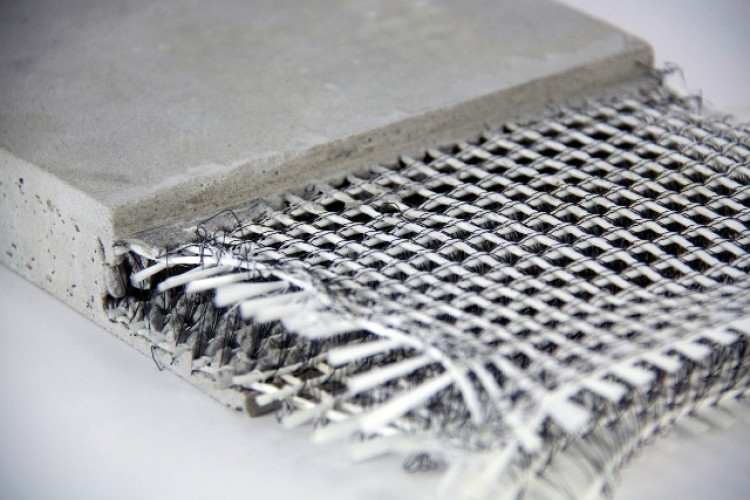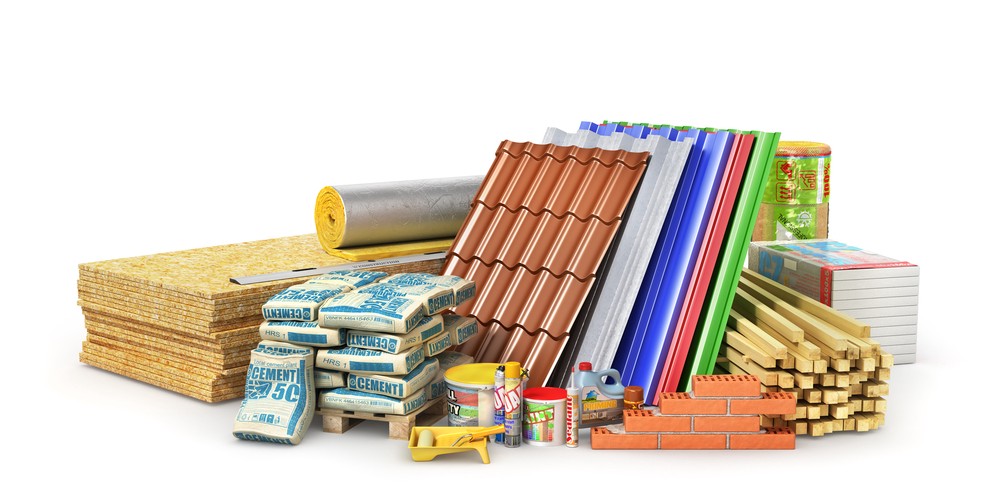Why Composites are Reinventing Building Materials
Why Composites are Reinventing Building Materials
Blog Article
From Waste to Marvel: Exactly How Recycled Compounds Are Revolutionizing Numerous Applications
As markets worldwide are progressively focusing on sustainability and environmental duty, the use of recycled composites has emerged as a transformative remedy across numerous fields. From enhancing the performance of auto parts to supplying sustainable options in construction materials, the applications of recycled composites are vast and promising.
The Surge of Recycled Composites
The raising adoption of recycled compounds in different markets shows a growing acknowledgment of their financial and ecological advantages. Recycled compounds, obtained from products such as recovered carbon fiber or recycled plastics, offer a lasting alternative to conventional products without jeopardizing on performance. Industries varying from auto and building and construction to aerospace and customer products are increasingly turning to recycled composites to meet their production demands.
One secret chauffeur behind the surge of recycled compounds is the press towards sustainability and eco-friendliness. Business are under boosting stress to reduce their carbon footprint and lessen waste generation. Recycled composites give an option by using products that would otherwise end up in land fills, thus advertising a circular economic situation.
In addition, the financial benefits of making use of recycled composites can not be neglected. These materials are typically extra cost-efficient than their virgin equivalents, supplying companies a method to decrease manufacturing costs without compromising quality. As developments in reusing innovations continue to improve, the fostering of recycled composites is expected to more increase throughout diverse markets.
Advantages in Automotive Sector

Lasting Solutions in Construction
Incorporating sustainable practices in building projects is necessary for lessening ecological effect and promoting long-lasting practicality in the developed environment. With the building sector being just one of the largest factors to carbon emissions and waste generation around the world, the fostering of sustainable services is crucial in alleviating these unfavorable effects. Recycled composites are playing a considerable duty in transforming building techniques by providing an extra green alternative to conventional structure products.
Recycled compounds, derived from materials such as redeemed rubber, timber, and plastic, give a sustainable alternative for different building and construction applications. These materials not only assist in lowering waste however additionally supply strength, durability, and convenience similar to standard building and construction products. By incorporating recycled compounds into structure designs, building and construction projects can add to resource preservation and power performance while maintaining high efficiency standards.
Additionally, using recycled composites in building straightens with the expanding need for environment-friendly structures and lasting framework. As environmental policies become stricter and the focus on sustainability intensifies, the building and construction sector is significantly turning to recycled compounds as a feasible service for producing eco-conscious buildings and frameworks.
Eco-Friendly Innovations in Product Packaging
Biodegradable products such as mushroom product packaging, seaweed-based movies, and compostable plastics provide encouraging services to the plastic pollution situation. These innovative materials not only decompose normally, decreasing ecological impact, yet additionally supply equivalent functionality and resilience to conventional product packaging alternatives.
In addition, developments in technology have actually brought about the advancement of smart packaging remedies that extend product shelf life and minimize food waste. Time-temperature indicators, oxygen scavengers, and antimicrobial packaging aid keep item quality and high quality, ensuring a longer service life without the requirement for harmful chemicals. Furthermore, the combination of recycled materials right into packaging manufacturing processes additionally enhances sustainability initiatives. By including post-consumer recycled content, firms can decrease the demand for virgin materials, conserve natural deposits, and advertise a circular economic situation in the product packaging sector. These environmentally friendly technologies in product packaging not only benefit the atmosphere yet also resonate with customers that are significantly looking for lasting products.
Changing Textiles With Recycled Composites
In the realm of sustainable materials, the emphasis currently changes in the linked here direction of changing fabrics with the ingenious use of recycled compounds. This development in fabric manufacturing is driven by the pressing demand for more eco-friendly techniques in the style and textile industries. Recycled compounds provide an encouraging remedy by integrating products like plastics, carbon fiber, and glass fiber to create resilient and functional textiles.
Among the essential benefits of using recycled compounds in fabrics is the capacity to repurpose waste products that would certainly or else wind up in land fills. By incorporating recycled components right into fabrics, producers can lower their ecological effect and add to an extra round economy - composites. In addition, textiles made from recycled compounds usually display enhanced resilience, performance, and strength features, making them optimal for a vast array of applications
As consumer demand for lasting products continues to increase, the fostering of recycled compounds in textiles is poised to grow substantially. This shift in the direction of even more eco-friendly textile manufacturing not only benefits the world yet additionally opens new possibilities for development and creativity in the fashion and fabric sectors.
Final Thought

From boosting the performance of automobile components to supplying lasting choices in construction materials, the applications of recycled compounds are substantial and encouraging. Recycled composites, derived from products such as reclaimed carbon fiber or recycled plastics, offer a lasting choice to typical materials without jeopardizing on efficiency. Furthermore, the use of recycled compounds promotes the circular economy by drawing away waste from landfills and reducing the requirement for virgin raw products - composites.Recycled compounds, obtained from materials such as reclaimed rubber, timber, and plastic, give a sustainable alternative for different building and construction applications.In the realm of sustainable products, the focus now shifts towards changing fabrics with the innovative usage of recycled compounds
Report this page